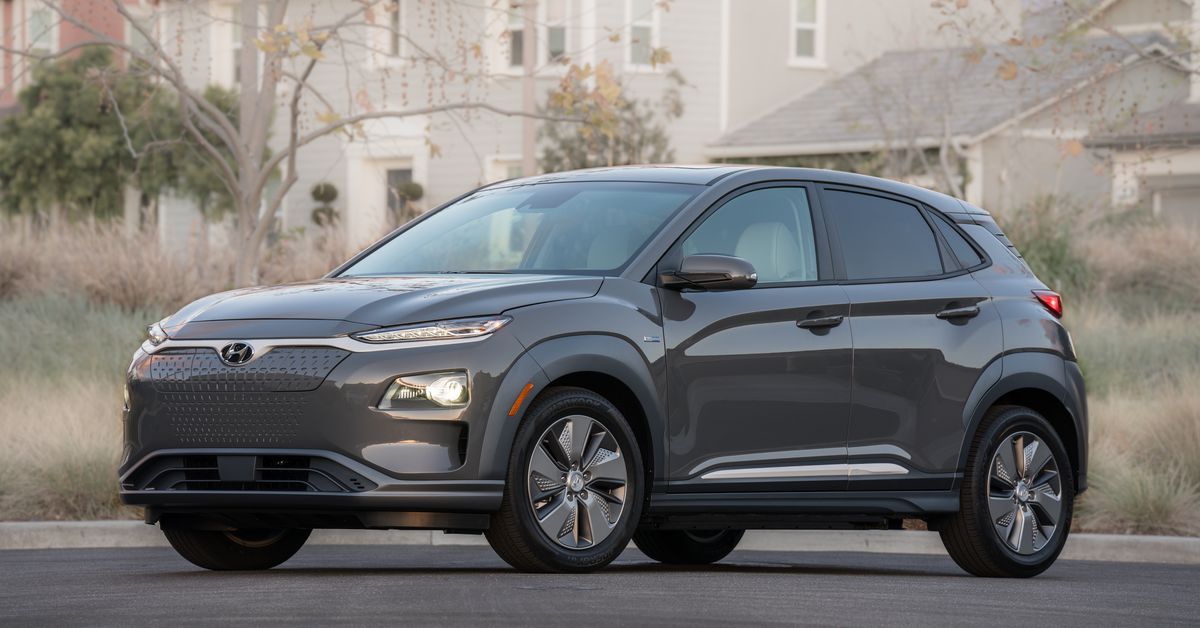
South Korea’s Hyundai Motor Co. on Tuesday launched its Kona SUV in Indi

A full-fledged electric vehicle just made its debut in a market known for affordable, entry-level cars.South Korea’s Hyundai Motor Co. on Tuesday launched its Kona SUV in India, where 3.4 million new cars and SUVs hit the roads last year, and is the only major market without a real electric vehicle. The vehicle will sell starting at 2.5 million rupees ($36,000) in the South Asian nation, more than eight times the starting price for the Alto, India’s most popular and best-selling car that’s made by the local unit of Suzuki Motor Corp.
Hyundai’s electric car plan is betting on Prime Minister Narendra Modi’s attempt to move Asia’s third-largest economy toward cleaner energy in everything from vehicles to power plants and contain the world’s worst pollution level in major cities. While the country is yet to set an official deadline to sell only electric vehicles, the government has talked about phasing out gasoline and diesel cars.
“I understand that there may not be much demand for vehicles under this segment right now,” Seon Seob Kim, Hyundai’s India chief executive officer, said in an interview after the launch just outside New Delhi. “We are trying to change the attitude and create a belief in Indian people about the potential of electric vehicles. We will probably take it from here and plan to cater to other segments as well.”
Tata Motors Ltd. and Mahindra & Mahindra Ltd. already build some base-level electric cars in India, but they either have a limited range or are exclusively for government purchases. The market share of electric vehicles in India is now just 0.06%, compared with 39% in Norway, according to government figures.
Curbing Pollution
The Kona will have a range of 452 kilometers (281 miles) per charge and 80% of its battery can be charged in less than an hour, according to a statement. Hyundai, which is working with Indian Oil Corp. to develop charging infrastructure at fuel stations, will also help customers set up charging points at their residences, according to the statement.
If India can increase electric vehicle penetration to 30% for private cars and 70% for taxis by 2030, along with similar adoption in trucks, buses and motorcycles, the nation can save 474 million tonnes of oil equivalent, the government said this month citing a state-run adviser. Still, EVs will probably comprise just about 7% of sales in India by that time, according to BNEF.
China’s SAIC Motor Corp., which entered India with the MG Motor brand last month, plans to launch an electric vehicle later this year, while market leader Maruti Suzuki India Ltd. has said affordability of electric vehicles is a concern, as price of electrifying small cars puts it beyond potential owners. Maurti won’t sell its first EV until 2020.
One main reason for the government’s push toward electrification of vehicles is pollution. The country is burning coal to supply cheap electricity to its 1.3 billion people and is home to seven of the world’s 10 most-polluted cities. The nation’s Central Electricity Authority estimates India may be able to exceed its 2015 Paris Agreement commitment of reaching 40% of installed capacity from non-fossil fuel sources by 2030. Still, despite a boom in solar and wind energy projects, coal may account for half of India’s power generation by that time.
The automobile industry, which has invested in moving to a new emission standard next year, has repeatedly urged the government to present a clear road-map for electric vehicles, before they decide to move to cleaner vehicles for good.






